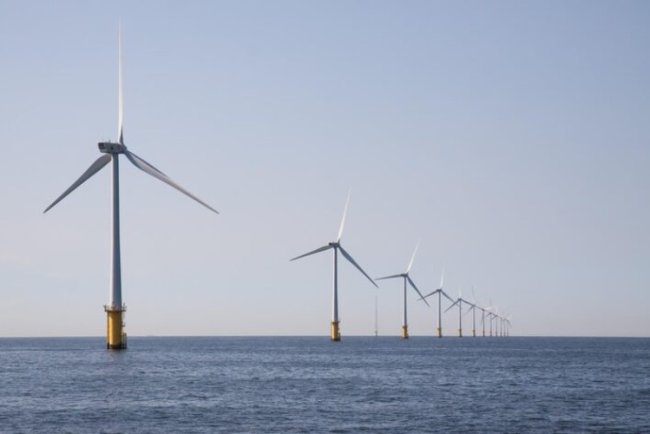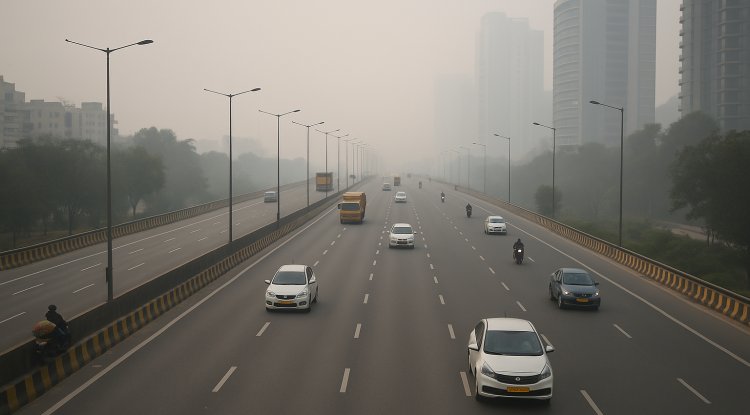India’s Renewable Power Surges In Early 2025
India’s renewable power rose 24.4% in Jan–Jun 2025, hitting record highs as coal use and imports declined.

The renewable energy industry in India is experiencing a robust comeback with production growing at the fastest pace in more than two years. Renewable energy production in the nation leapt 24.4% in the first half of 2025, as the total output in the January-June period was 134.43 billion kilowatt hours (kWh), Reuters analyzed government figures. It is a strong recovery in clean power momentum that had lagged for quite some time threatening the nation's climate and energy targets.
The rise in clean energy production was led by enhanced solar and wind power, with India stepping up its clean energy push. Interestingly, the proportion of renewable power — excluding hydropower — reached an all-time high of more than 17% of the entire electricity basket during June 2025. The spike indicates the increasing ability of India to develop solar and wind powers despite India being faced with challenges like grid constraints, land acquisition-related challenges, and finance constraints in the power sector.
The increase in renewables comes against the background of a fall in coal-based power generation, which continues to be India's largest source of electricity. Coal-based generation for the first half of 2025 fell by almost 3%, a big departure from the consistent rise it has shown over the years. The fall is due to a number of reasons, including an abnormally mild summer owing to early onset of monsoon and an apparent deceleration in economic activity, both of which led to reduced use of electricity and hence lower coal consumption.
As a consumer of coal, India is therefore now record-holding domestic coal inventories. Deteriorating demand has also caused an abrupt fall in coal imports. This has implications since India is the second-largest coal-consuming nation, following China. The country's retreat from coal, if only temporary, is a possible turning point in the energy policy of the nation — provided renewable generation continues to make inroads and gets the support of proper infrastructural and policy environments.
Forecasts for the remainder of the year are also good. India will install 32 gigawatts (GW) of renewable energy capacity in 2025, said Vikram V, ICRA's Vice President of Corporate Ratings and owned by Moody's. That would be a big improvement from the 28 GW installed in 2024. Government statistics also support this upward trend, reporting that 16.3 GW of solar and wind capacity was installed in January through May 2025 alone.
This sudden rate of capacity addition follows a slack period when India was behind schedule in its 2022 goal of hitting 175 GW of installed renewable power. The goal was ambitious but did not materialize due to a confluence of policy lags, financial woes in the discoms, and logistical challenges that were heightened by the COVID-19 pandemic. But today, with fresh urgency and vigour, the government is banking on its 500 GW five-year plan of non-fossil fuel capacity in 2030 — capacity that covers hydro and nuclear power in addition to wind and solar.
India's current non-fossil fuel capacity is 235.6 GW. Bringing this down to half within five years will demand investment in infrastructure, stability in policies, and private sector involvement. Industry analysts expect the target to be reached but must warn that timely investment in grid modernisation as well as energy storage is key to ensuring this path is continued. S&P Global Commodity Insights, in a recent report, said India's 2030 target is technically possible but would actually extend to 2032 if structural issues are not resolved on time.
One of the key issues is grid integration. Since these renewable sources such as solar and wind are intermittent in nature, the current power grid has to be altered to include volatility and provide stability. This involves investment in energy storage facilities, from big batteries and pumped hydro schemes to smart grid technology that is capable of forecasting and balancing demand and supply in real-time.
In spite of all these obstacles, India's development in the early half of 2025 suggests the increased feasibility of renewable energy as the foundation of its future energy policy. Current trends also emphasize the power of favorable climatic factors, changing economic imperatives, and policy leadership in determining the energy matrix of the country.
As global concerns about climate pick up pace, India's potential to speed up the production of clean energy will not only be paramount to fulfilling indigenous goals but also determine efforts to curb carbon emissions in the world. India's leadership in clean energy may then be a template that others can copy as they seek to find equilibrium between development and sustainability.
As the year goes on, industry analysts will be watching closely to see if India can continue this pace and overcome system hurdles that have foiled its clean energy revolution in previous times. If it succeeds, the early half of 2025 could be the start of a new era for India as it embarks towards a cleaner, more resilient energy future.
What's Your Reaction?

















